|
30th April 2022 It's a Saturday afternoon and Wogglecon 3 with the Woking Gaming Club is in full swing. The next game of the day was Machi Koro 2 which is the follow up to the most excellent original Mach Koro and which you can read about here. Like its predecessor, Machi Koro 2 is a tableau and engine building card game all about constructing a city, What's in a game?
Components in Machi Koro 2 are all good. The cards are pretty standard cards as you'd expect. The coins feel solid and the dice are slightly larger than usual dice, they're plastic but also rounded, chunky and have a bit of heft to them. Machi Koro 2 uses an art style that's identical to the original. Brightly coloured stylised almost cartoony illustrations of establishments and landmarks. The colours are very distinct, which is good because colour plays an important part in the game. There are a few icons in Machi Koro 2, for the different types of establishment and types of effects on landmarks. It's all pretty clear what they mean and it won't provide an problems for players. How's it play? Setup
On to play Machi Koro 2 uses the traditional turn order with the active player playing their turn before the the player to their left becomes the active player. During their turn, the active player has 3 phases to play through.
Endgame When any player purchases their 3rd landmark, they immediately win the game. Overall
Machi Koro 2 is a that's fairly easy to pick up and play light-to-mid weight game that has a quick playtime. The game generally presents players mostly straightforward but meaningful decisions about buying cards. Should a player spread their cards over a range of numbers to get better coverage, or concentrate on fewer numbers but getter pay outs when the numbers come up. Players will also need to consider what those numbers are. e.g., 6-8 will come up most often - provided players are rolling 2 dice have a good chance of being activated. Speaking of rolling dice, in Machi Koro 2 players are able to choose to roll 1 or 2 right from the start. This is another decision that players can make, sometimes they'll want to roll certain numbers or avoiding rolling them and using 1 or 2 dice can alter odds of doing this. Much of this ties in with how the activation numbers are distributed across the cards. A lot of the 1-6 cards will immediately generate cash but the cards that combo off of them tend to be in the 7-12 range. Going to 2 dice was described by a player as 'going up a gear'. It can be pretty hard to slowly build up cash over rounds to get landmarks because other players can essentially 'nickel and dime' it away, gearing up makes it easier to get big cash in a single roll to avoid this. And talking of nickel and diming, another strategy to consider is the red card strategy. Using red cards to fleece other players of their coins is a pretty effective strategy, it denies them coins and earns them at the same time - but you won't make any friends that way! The downside of this approach is that canny players will try their best to spend all their coins, the game's timing explicitly states that red activations occur before any other, thus if opponents have no coins, you can't collect them with a red since their blues/greens/purples activate after red. It means that in a quirky reflection of real cities, players will want to be as close to bankruptcy as possible! Unlike blue/green cards, reds are not guaranteed to generate income. Machi Koro 2 is a little on the light side (Not that I consider that an issue.) and perhaps a little too quick to end, which may not be to everyone's taste. One other thing to mention is that there's definitely a dollop of luck to the game, I'm fine with it and actually think it's an important part of the Machi Koro experience but some players will find this off putting. I do have a couple of relatively minor issues with Machi Koro 2. In the original Machi Koro, the card variety in the base game was fairly low, when 'The Harbour' expansion was added to the base game, Machi Koro went from being a 'nice' game to a 'great' game. I feel the same is true of Machi Koro 2 as well. There are only 20 different types of establishment and 10 will be visible right from the start. After playing a few games, players will have more or less seen everything the game has to offer at a basic level and and will habitually fall into familiar patterns or strategies depending how establishments emerge. An expansion would shake that up, I would love to see extra cards for Machi Koro 2. Finally, the rules for landmarks having actions that all players can activate in their turn is a little inelegant, requiring players to remember what landmarks other players have acquired or be reminded of them by those other players. Otherwise, I think Machi Koro 2 an un-taxing (Sic.) fun and breezy game to play that's worth trying if lighter games are your thing. How does it compare to Machi Koro? I've heard Machi Koro 2 described as Machi Koro 1.5 and there's definitely a sliver of truth to that. Anyone who's played the original will be familiar with nearly everything in Machi Koro 2. If it's not broken... So apparently there was also some criticism of the original where it was stated that there was a lot 'whiff' in the early game - where players would roll the dice and nothing would be activated. There was further criticism that the original had too long a play time. It's clear that Machi Koro has tried to address these issues. The 3 rounds of buying will allow players to have a better spread of numbers at the start. Having to only buy 3 landmarks will also make play quicker (Although the cheaper landmarks are way more expensive than the cheapest landmarks from the original.). Landmarks with ongoing effects that activate in any player's turn also make the game quicker and can add an extra layer of interaction between players, although I've frequently seen players avoid these cards, instead optioning for once-only landmarks and I sort of feel that way myself. This is the only thing I see as a possible misstep. Changes to the game have made the red cards a bit more powerful, there's little opportunity to punish players who buy red cards in Machi Koro 2, other than one of the landmarks (Machi Koro had the publisher card to do this.). I don't think this is too much of change though and YMMV. So anyway, all of this makes the game clearly quicker to play but I feel that perhaps it's a little too quick. Sometimes (Especially when someone gets a good roll or two.) a game can be over before players can adopt an emergent strategy. I never found that the original was overlong. Don't let this put you off playing Machi Koro 2, it's of a similar quality as they original. Even though I own the first game, I was happy to buy and play the second and would recommend it to players of the original as well as to people who have never played it.
0 Comments
Leave a Reply. |
AuthorI play, I paint. Archives
March 2024
Categories
All
|

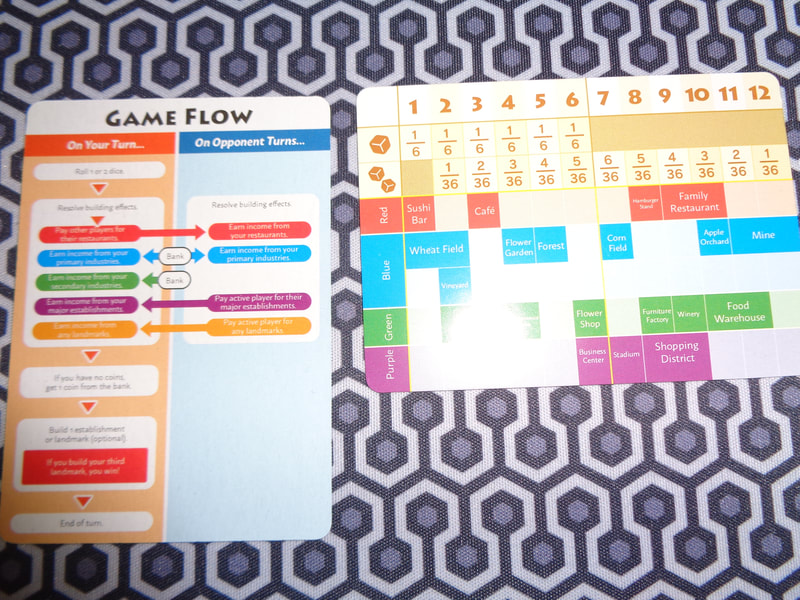
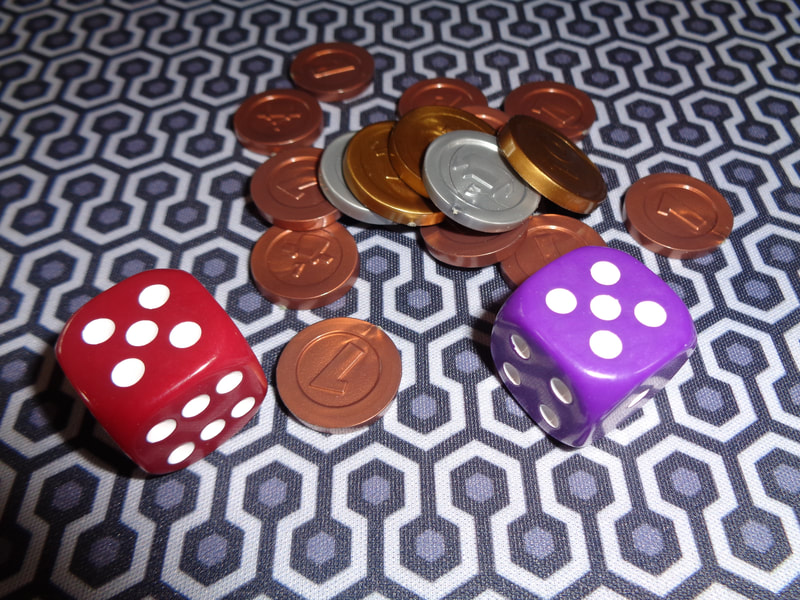
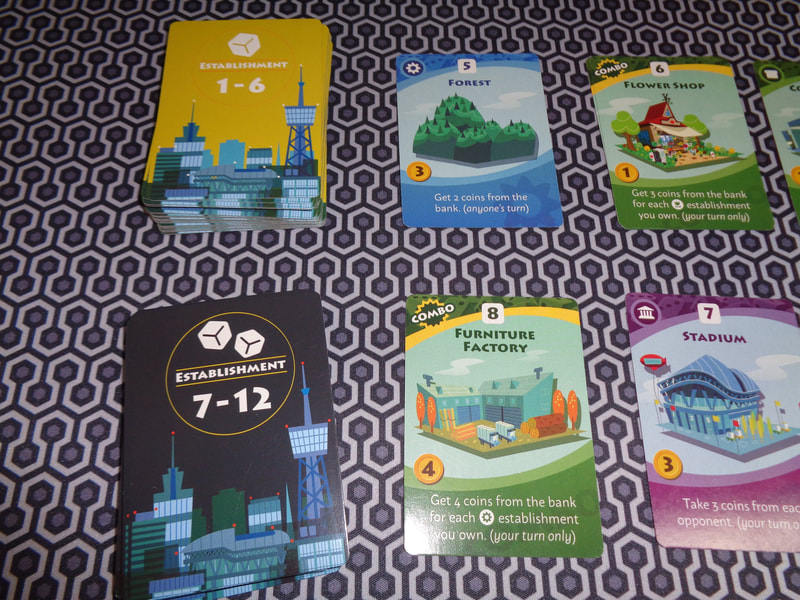
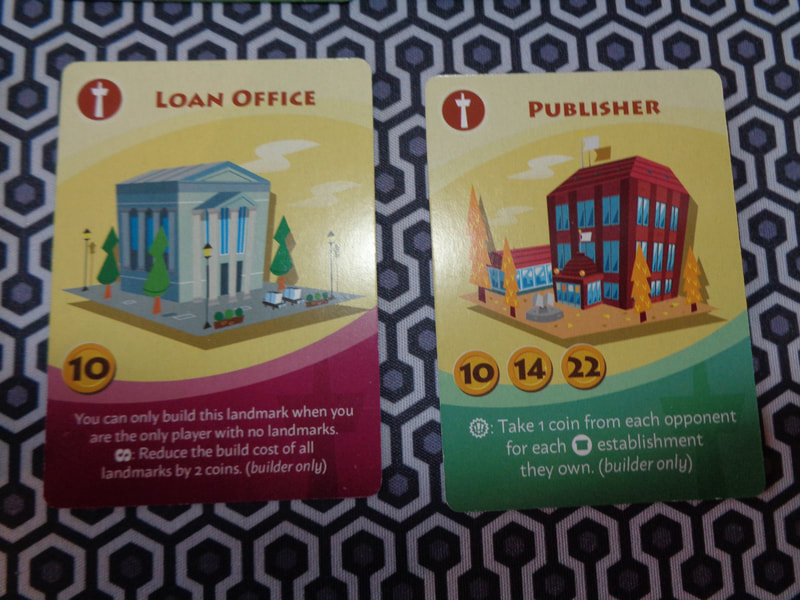
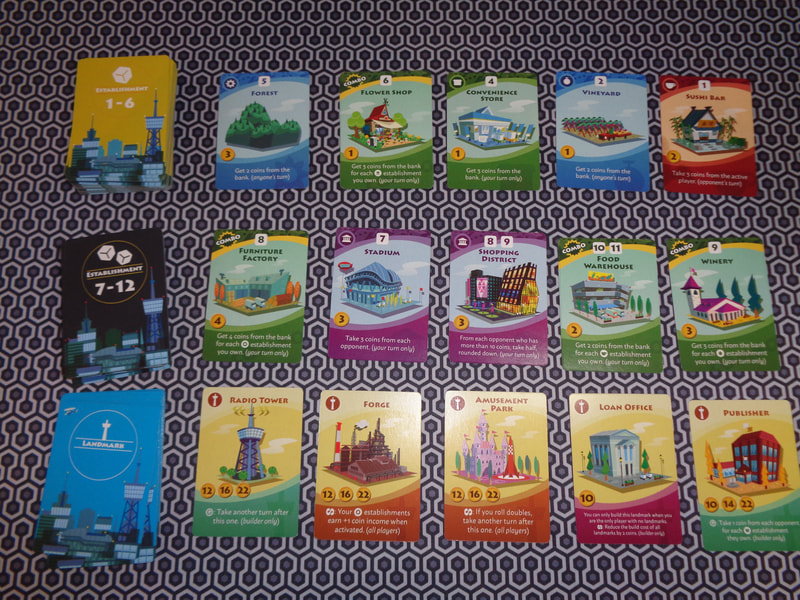
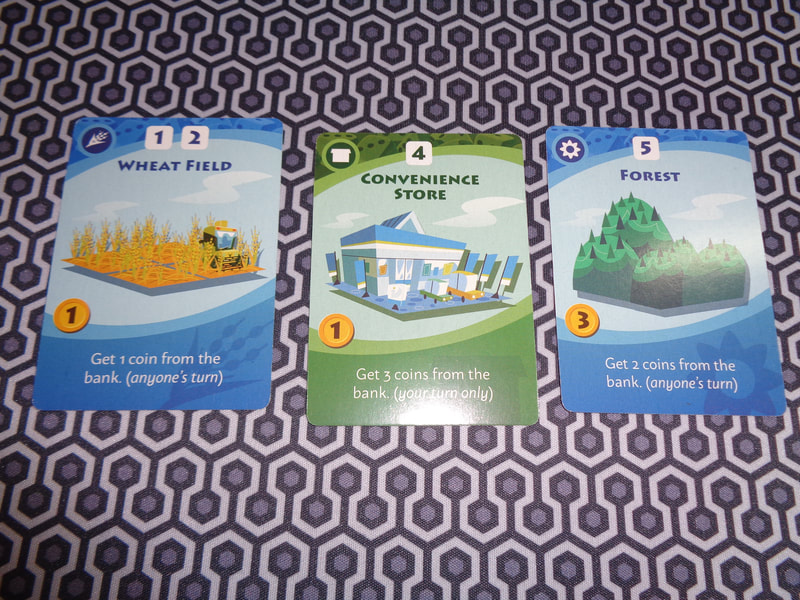
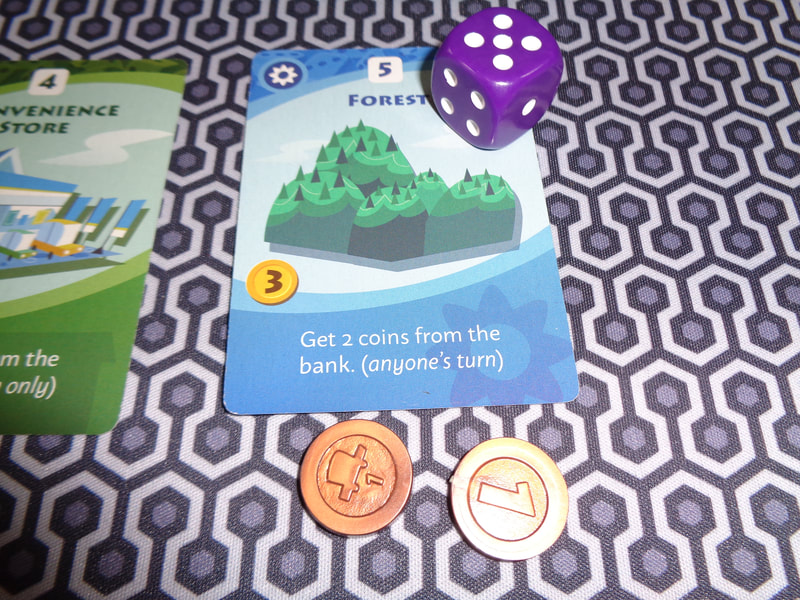
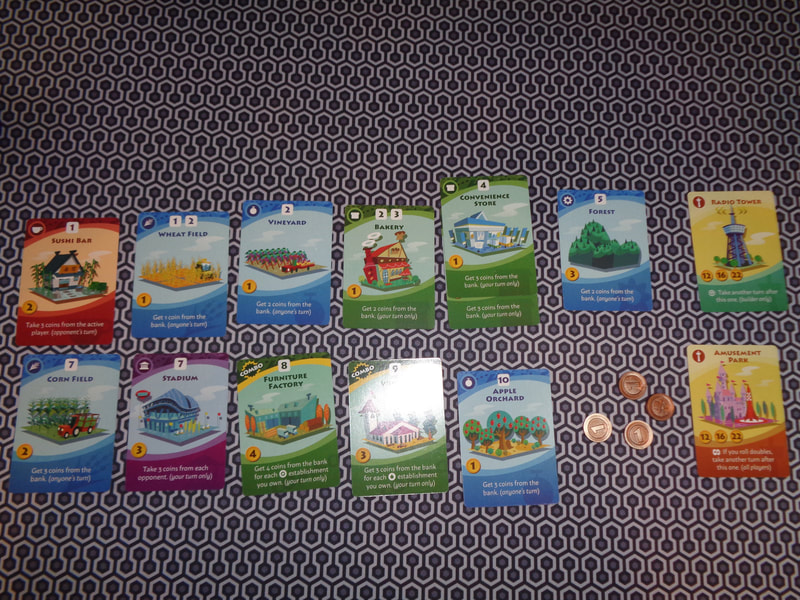
 RSS Feed
RSS Feed
